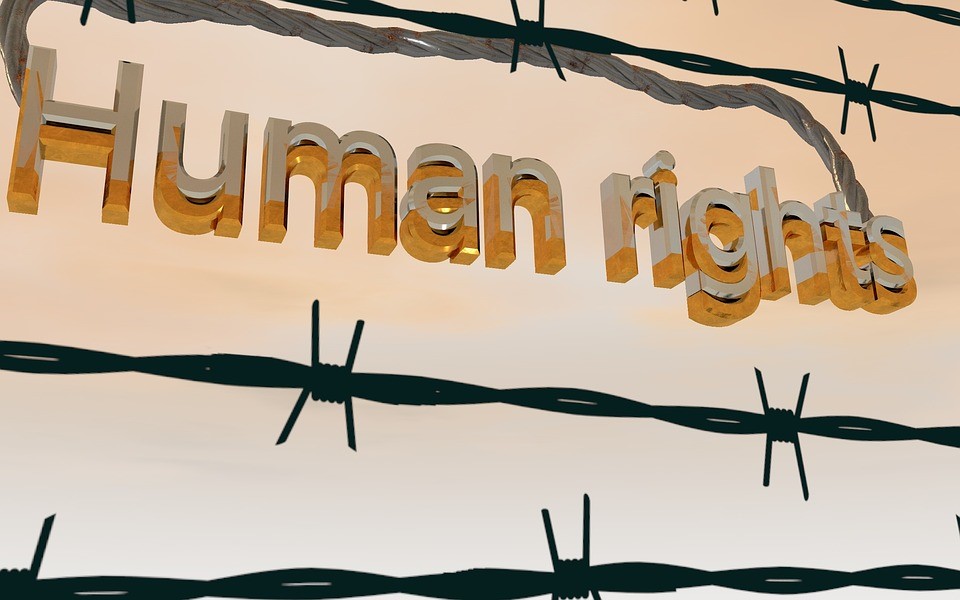There is forced labor in the Uyghur Autonomous Region (UXAR) in Xinjiang, China… although the Chinese government doesn’t admit it exists. The situation is growing more dire, in general, for Western China’s minority population. The Journal of Human Trafficking’s most recent report released last week contradicts Beijing’s narrative with facts that expose the Chinese Communist Party’s (CCP) policies in its Uyghur areas. High level policy and planning documents obtained from regional level officials in China indicate that the country’s coercive employment and poverty alleviation policies will be strengthened and ongoing through at least 2025.
China’s “Poverty Alleviation Through Labor Transfer” program, according to Adrian Zenz of the Jamestown Foundation, equates to a “non-internment state-imposed forced labor mobilization system.” It is the largest known program of its kind in the world. Zenz adds that China is also maximizing state control now through “parent-child separation” with the goal of reducing the minority population’s dominance in the southern UXAR. The Journal’s report examines labor transfers for 2023 and early 2024 and concludes that China is intensifying its program while also attempting to conceal its coercive nature.
Beijing says it is working to optimize the ethnic population structure by what it calls “reducing Uyghur population density,” according to a Central Asian Survey report. The United Nations and other human rights groups label it closer to ethnic cleansing than eliminating poverty in minority-dominated areas. The program has expanded and, in the last 12 months, well-surpassed even state-mandated quotas. This represents a large increase over 2022.
China’s “Poverty Alleviation Through Labor Transfer” program is part of a number of measures forcibly imposed on the Uyghur population. Although there are some indications the internment camps are no longer formally in place, those remaining still serve as a method of “filtration” for re-educated individuals. They have contributed hundreds of thousands of workers into the coerced labor force over the last few years. In 2023 the XUAR state also significantly expanded its “Pairing Assistance” program, which according to Zenz “facilitates cross-provincial labor transfers, aiming to increase transfers to other Chinese regions by 38 percent—levels exceeding those of any year since the mid-2010s.” Zenz says that “based on a 2023 goal to transfer at least 1.087 million of this sub-group of surplus laborers, this would mean an increase of 37.8 percent, from 27,600 in 2022 to over 38,000 laborers in 2023 transferred to other provinces.”
Chinese President Xi Jinping says the goal of the XUAR policies is to reduce the “dominance” of the Uyghur population in their own homeland. By expanding training programs that supply workers for its forced labor programs, China is ensuring the country enough workers as mandated in the country’s 14th Five-Year Plan. During last summer’s visit to the region, Xi declared that the policies will “ensure development with stability.” He openly admitted that China “must always give top priority to maintaining social stability” and focus on “preventing a return to poverty” (防止返贫). The XUAR’s Party Secretary, Ma Xingrui, notes a 2022 Jamestown report, that China is seeking to reinforce the areas re-education mass internment campaign and “other assimilatory policies under the banner of ‘high-quality development (质量发).’”
Land use rights are also under attack by the XUAR regional government. In some areas up to 90 percent of land is being transferred away from local farmers in targeted ethnic groups to state-run cooperatives in a move reminiscent of failed Maoist era economic policies. Last summer, CPC News summarized Xi’s policies as highly significant for the state’s long-term, regional strategy. Zenz says that China has evolved its policing of families to include maximizing state control through “parent-child separation.” In effect, the policy represents a draconian method of forced assimilation. In a move away from the internment camp style, but just as insidious, China’s XUAR party secretary has increased its monitoring and surveillance campaign to ensure the forced labor force doesn’t escape and return to lower income, traditional livelihood jobs and abandon the state-arranged positions. Estimates are that over 775,000 households today live under the real-time monitoring program.
The 2024 listing of works by the XUAR government mandates the state should “provide employment for ‘focus groups’ or ‘focus persons’ (重点群体) that include rural-urban migrant workers. The state considers these the highest security risk, although many are already graduates of the re-education camps. Ruth Ingram in a “China Project” report last October called the Uyghur’s treatment more prevalent and more insidious than in previous years. China remains belligerent in its behavior toward its minority populations and is not responding to international pressures to reform its policies. The world cannot afford to ignore China’s human rights abuses despite ongoing conflicts in other areas of the world.
Daria Novak served in the U.S. State Department
